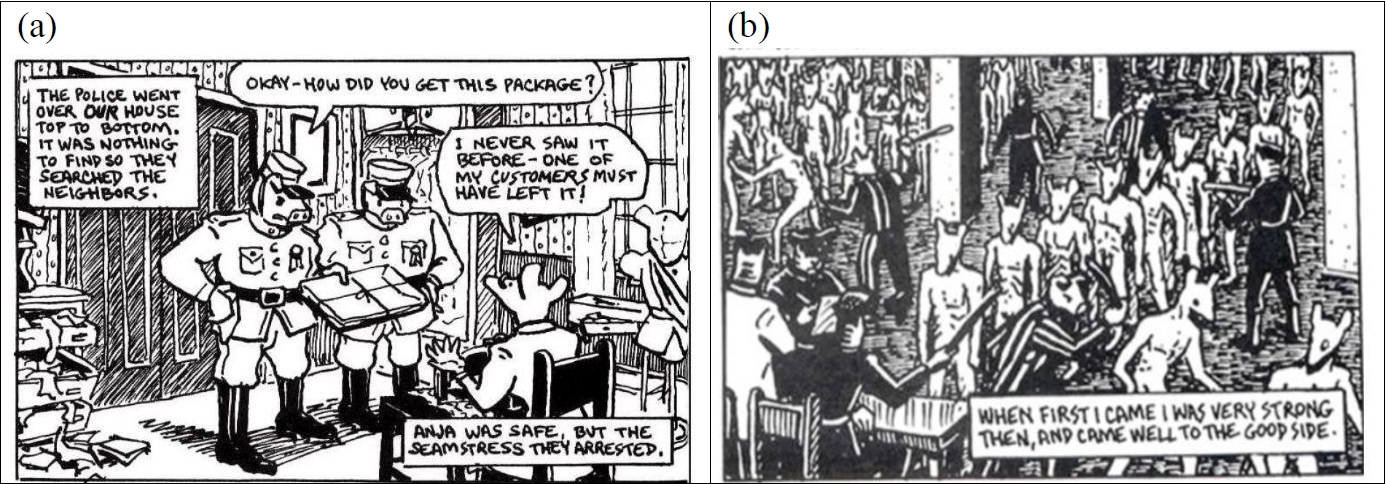
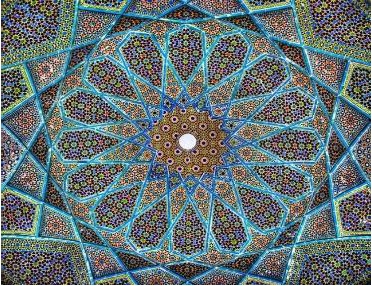

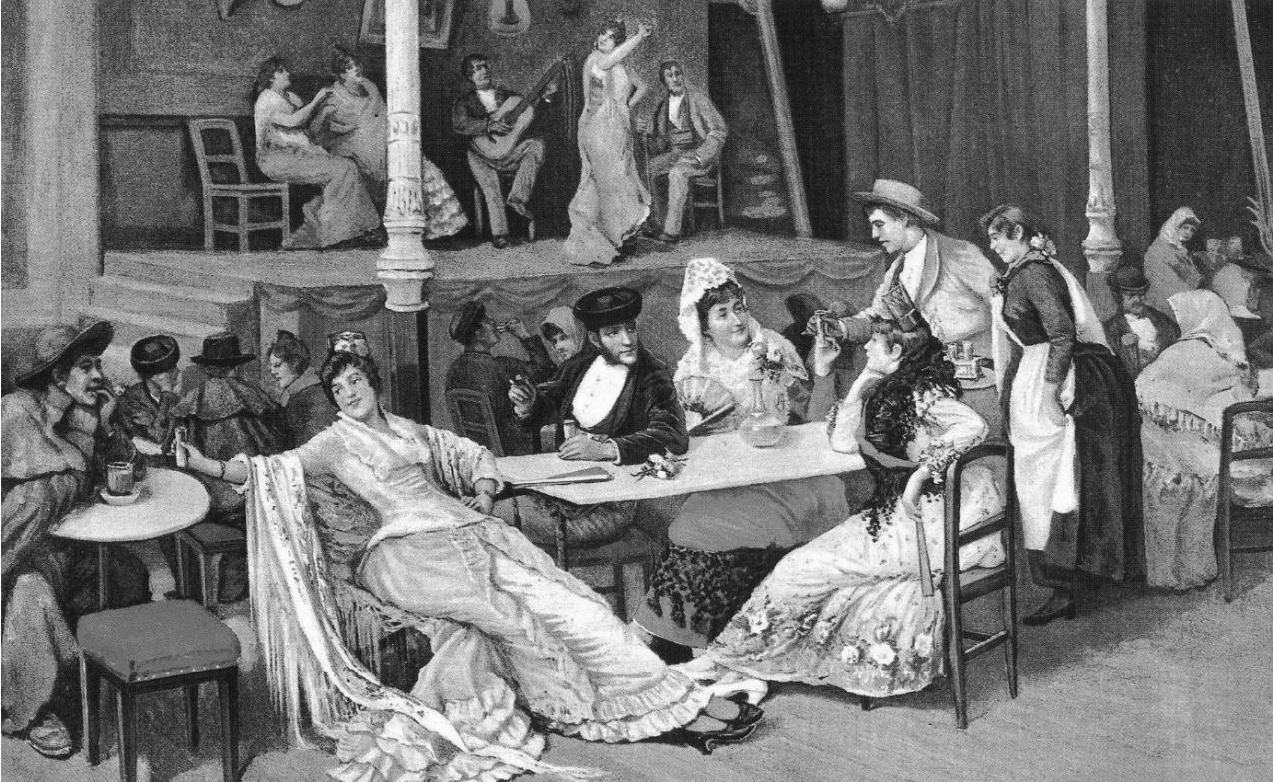

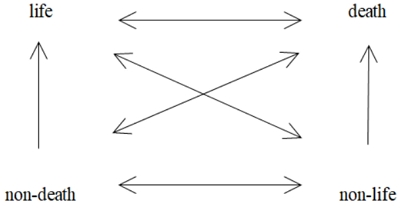


Citations

This two-part article analyzes the ancient and mystical origins of artificial intelligence (AI). First, it explains that AI has precedents in mystical thought and finds relevance in certain anthropological concepts. Next, we'll look at how ancient philosophy has helped to explain in advance the way in which we - and in particular students - use artificial intelligence as a “mental orthosis”.
The integration of Artificial Intelligence (AI) in the healthcare sector represents a major transformation that raises complex issues concerning the technical, organizational, and relational dimensions of the profession. This contribution analyzes the key success factors and obstacles to the implementation of AI in healthcare facilities, adopting a holistic perspective that emphasizes communicational and interprofessional dynamics. Through an analysis of recent literature, we identify promising approaches and necessary conditions for successful AI integration, while preserving the quality of caregiver-patient relationships and interactions among professionals. Our analysis reveals that successful implementation relies on a balanced combination of leadership, end-user training, support for teams in modifying their daily work, and ethical governance. The central role of communication in this transformation process is emphasized, both in change management and in the adaptation of professional practices. We propose recommendations that integrate these different dimensions to guide the development and implementation of AI projects in healthcare, focusing on preserving and enriching human relationships within healthcare organizations.
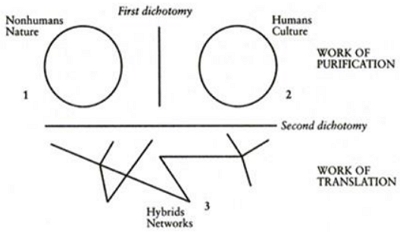
This study explores the advent of AI civilization and the need to redefine humanity in the face of rapid technological advancement. Tracing the evolution of digital technology from simple automation to intelligent agents capable of independent decision-making, it turns out that the rise of AI and humanoid robots blurs the line between humans and non-humans, challenging the long-standing human-nonhuman dichotomy rooted in Western philosophy. Based upon the examination of the shifts in ontology, from Cartesian dualism to monistic and relational perspectives, this study suggests that humans, living beings, and objects are evolving in a connected, co-dependent system. The emergence of cyborgs, AI, and bioengineering raises critical question about the identity of the humanity. With AI and enhanced humans gaining agency, traditional definition of humanity become obsolete and demand for an extended concept of the human in the post-AI era is growing.

This paper investigates Jacques Derrida's notion of grammatology in the context of contemporary digital writing technologies. It critically reassesses Ferdinand de Saussure’s linguistics and his concept of phonocentrism, underscoring phonography’s underestimated role in shaping the epistemological foundations of linguistics. Introducing original concepts such as the "logographic hiatus" and "grammatological polyphony," the paper challenges the limitations inherent in alphabetic linearity, particularly through the analysis of logographic writing systems like Chinese. Drawing on recent advancements in cognitive neuroscience, notably Stanislas Dehaene’s Neuronal Recycling Hypothesis, the paper proposes a neuro-grammatological framework. It argues that the human brain repurposes pre-existing neural circuits for reading, aligning visual symbols with ecological and neurological constraints. Further, the study addresses Derrida’s concept of "Mondialatinisation," examining the implicit cultural hegemony perpetuated through Latin-alphabet-based digital input methods (e.g., Romaji, Pinyin). This critical analysis highlights the subtle yet profound epistemological and cultural implications of imposing phonocentric and alphabetic models on traditionally logographic languages. Finally, the paper underscores the unresolved civilizational tensions emerging from the digital transformation of writing, emphasizing the urgent need for interdisciplinary dialogue bridging linguistics, semiotics, neuroscience, and cultural studies
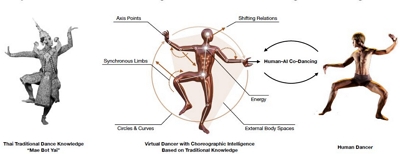
Multimodal generative Artificial Intelligence is an omnipresent technology in our post-industrial societies, as it has penetrated all areas of daily life, from social and commercial relations to the various fields of science and industry, communication, leisure and culture in general. This is to discuss whether AI is applicable to the field of artistic creation in general and to bodily arts such as dance in particular, taking into account emotional sensitivity and creativity, factors that are difficult to generate by a machine. In this article we will discuss examples of corporal artistic manifestations, in the domain of dance, in which corporality itself is called into question in the face of these interactions with humanized bodies conceived, created and “brought to life” by the magic of generative AI. The learning models developed by different Artificial Intelligence software allow these bodies to dance, model or evolve in scenographic spaces created
This paper aims to look into possibilities of future writing in the age of artificial intelligence. ‘Who writes’ matters in a technological culture of co-existence of humans and machines. I thus investigate the aligned questions of ‘why we write’ and ‘how we write’, exploring writing with imagination, namely, narrative writing, for communication and transmission. As for methodology, I examine three domains of narrative with imagination based on Peirce’s metaphysical semiotics and Paul Ricoeur’s imagination theory: esthetics with oneiric imagination, poetics with narrative/analogical imagination, and speculative rhetoric with social imagination. I argue that narrative communication with social imagination which comprises an explanatory narrative process of quality through fact to representation for dialogic abduction is geared toward discovering self’s identity by means of re-authoring conversation. This thus results in enhancing a communal narrative self to transmit virtues and values to the following generations.
The digital age, with its ubiquitous social media, has transformed sociability and socialization, creating opportunities for accessing diverse knowledge, but also new symbolic boundaries. In a connected society shaped by identity politics, this article proposes an intercultural reading of social tensions relayed online. It advocates an interpretive approach to intercultural communication, understanding cultures and identities as resources individuals use to negotiate and co-construct meaning in interactions. Based on examples of social tensions relayed or seemingly aggravated by digital media, it distinguishes two forms of interculturality in this context: "forced otherness," where individuals are reduced to stigmatized identities, and "unconscious otherness," where algorithmic personalisation is used by individuals to support particular worldviews on given topics. The article draws on theories of conflict mediation, identity, and intergroup relations to analyse and potentially mitigate social tensions in the digital age, emphasizing the need for media literacy and a nuanced understanding of intercultural dynamics.

